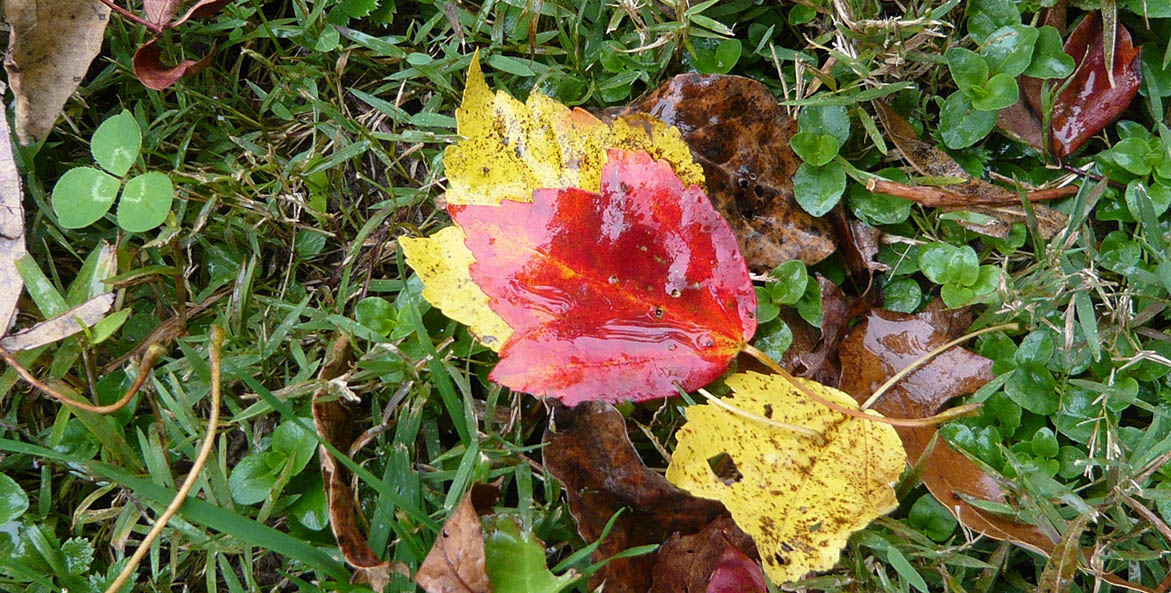This year save time and energy and leave the rake and leaf blower in the shed.
Yes, you heard that right, leave the leaves where they lie. Although people often rake and bag leaves to prevent their lawns from being smothered and to make yards look better, in most cases, you're fine not moving them. In fact, many environmental experts say raking leaves and removing them from your property is not only bad for your lawn but for the environment as a well.
Instead, use your lawn mower and chop the leaves up. Not only will the leaves provide excellent nitrogen and organic matter that your winter grass will love, it’ll:
- protect root systems;
- preserve soil moisture; and
- the lawn mower will help cut weeds, providing critical light for your grass
Mulching your leaves also helps wildlife. Insects depend on leaf litter in the winter to provide protective habitat and food. Those insects in turn become winter food for other animals like birds. The only reason to pick up the rake this year is to help spread the love of your leaves to other parts of the yard or garden that can use this natural fertilizer.
Not only does mulching your leaves help your grass and soil, it also helps reduce greenhouse gases and limits waste. According to the Environmental Protection Agency (EPA), 8.7 million tons of yard trimmings, which include leaves, went to landfills in 2017, accounting for just over 6 percent of all waste in landfills. These bags of leaves not only take up space, they also can break down with other organic waste to create methane, a potent greenhouse gas which exacerbates climate change.
If you must rake your leaves, check to see if your city or county has a composting program—some programs even give you mulch in return. Try to avoid raking your leaves for pickup into the street. There, they can clog storm drains and make their way into local streams and the Bay, increasing nutrients and leading to algae blooms and dead zones.
So do the Bay a favor and drop that rake!
Want more information on Bay-friendly lawncare? Check out our recent webinar, Save the Bay with Sustainable Lawn Care: A Glenstone Museum Example.




